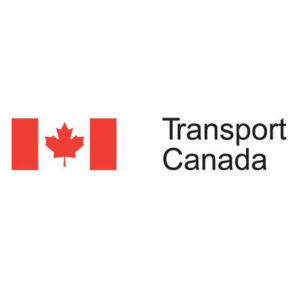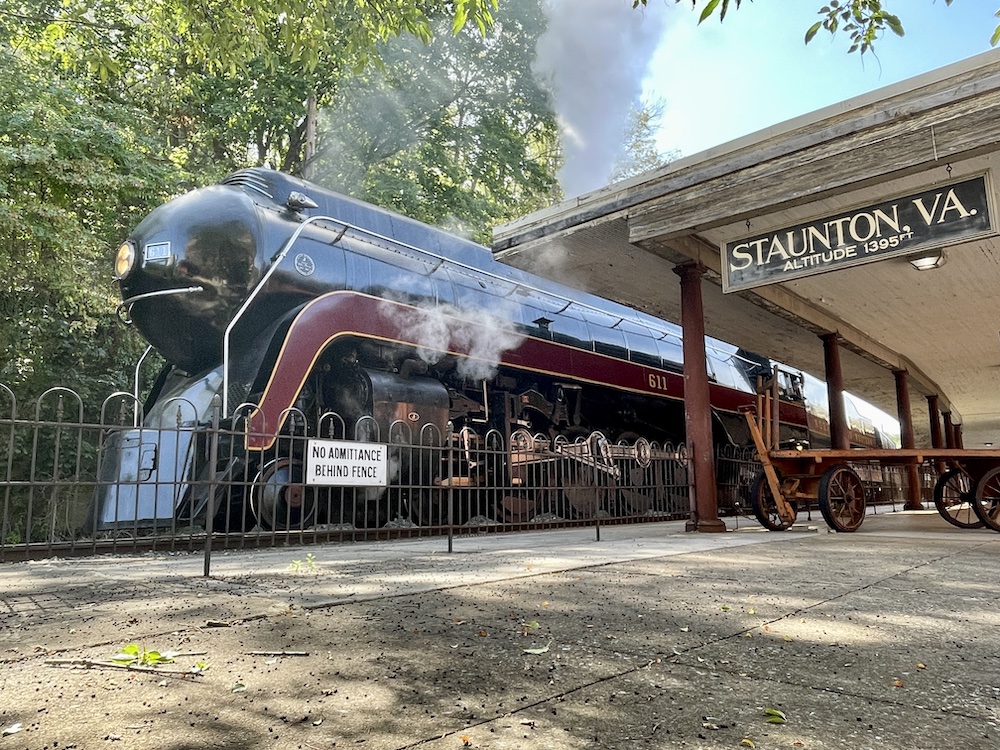 OTTAWA — Canada’s Transport Minister, Marc Garneau, has announced new speed restrictions for trains carrying 20 or more cars of hazardous cargo in the wake of the derailment and subsequent fire of a Canadian Pacific train earlier today (Feb. 6) in Saskatchewan.
OTTAWA — Canada’s Transport Minister, Marc Garneau, has announced new speed restrictions for trains carrying 20 or more cars of hazardous cargo in the wake of the derailment and subsequent fire of a Canadian Pacific train earlier today (Feb. 6) in Saskatchewan.“This is a precautionary measure being taken today, as we are seeing similarities between today’s accident and other recent rail accidents,” Garneau wrote. “I’ve asked my officials to examine all issues related to these accidents to determine if additional safety measures will be required.”
In a statement, CP CEO Keith Creel said the railroad “fully supports this action and it has been implemented effective immediately. Until we better understand the facts relating to today’s incident, it is prudent to operate with an abundance of caution.” Canadian National, in response to an inquiry from Trains News Wire, said in a statement that “Safety is a core value at CN and is at the heart of everything we do. We have received the order concerning key train speeds and will comply while reviewing its significant impact on our operations.”
The Canadian Broadcasting Co. reports that 31 cars of a CP train derailed near Guernsey, Sask., about 70 miles southeast of Saskatoon, and as of midday, 12 were on fire. Residents of Guernsey, a community of about 100 people, were asked to evacuate over smoke concerns.
— Updated at 4:05 p.m. CST Feb. 6 with CP statement; updated at 8:40 a.m. CST Feb. 7 with CN statement.














There is plenty of videos around showing train derailments on trains doing 10 MPH because of either track profile , car placement and harmonics. As long as you stay out of the sweet spot for harmonics you do well but it does not stop all derailments. Going that slow on an entire run will beat the heck out of the PSR mantra.
The question becomes “what is not hazardous?” Even flour is explosive in the right environment.
I also see a loophole. Would a 5 well container car with 10 loads of LNG be counted as one car or? And if it were counted as one car what about 5 tank cars of gasoline connected by drawbars(according to old ICC rules counts as one). Next, what about the TankTrain? Don’t remember if the last was connected by drawbars or couplers. They were semi-permanently connected by the pipe.
Just a thought, this will cause all kinds of operation headaches. Either run slow or switch hazmat so no more then 5 in a row.
I doubt PSR has made a difference in crude oil unit train makeup, which this incident appeared to
Involve.
It could in theory mean that smaller blocks of oil cars could ride in manifest service and careful attention to train makeup with regard to safe dynamics would apply in that case. But again that didn’t seem to be the case here judging from the images.
We’ve had North American railroaders studying freight train dynamics for decades (as written about in TRAINS-MAG). If the government in Ottawa wants to do something productive and useful, talk to those railroaders.
Daniel…slowing the train to 25 doesn’t make much difference? By your own equation (which is correct), slowing a train from 50 to 25 mph means it has 1/4th the energy…ie., train stops in 1/4th the distance, things only fly 1/4th as far, tank cars only have to absorb 1/4th the energy without rupturing. Seems like quite a difference to me!
The shift to PSR is forcing increasingly unsafe train marshalling practices, with loads and empties placed in any order among the multiple blocks within the train. This could be a factor, it’s already been cited in many CN derailments inthe past.
When is the Canadian Government going to get serious and take an identical size train, with identical cars and identical loaded contents and send it to the test track in Colorado and duplicate the same train handling from these past two flaming wrecks and try to duplicate what is happening. They should have a test train en route to the test track immediately, like NOW!
How about telling the general public how fast was this train moving and what did the train recorder show for braking action? Was slosh a factor? Too often the derailed cars are in the first 1/3 of the train. Is this another case of trying to brake a train only with dynamic brakes on the head power to save brake shoe wear? Did the train have a radio control unit in the train?
Mass times speed squared. Slowing a train to 25 really doesn’t make a heck of a lot of difference other then to make politicians feel good.